FIVE CREATIVE WAYS TO CELEBRATE OUR EARTH
As we celebrate our beautiful home, planet Earth, and the 50th anniversary of Earth Day, we are uniquely in a set of circumstances where we are staying home as much as possible. Even from home we can appreciate the natural beauty that offers rich lessons in so many disciplines. At all ages connecting with the outdoors can offer inspiration, education and can build stewardship. Here are five creative ways to take inspiration from Mother Nature and perhaps learn a few things along the way:
1. Nature Journaling for all ages.
Observing and documenting the world around you in a journal is a great way to deepen your connection with the natural world and, because nature is everywhere, you can journal anywhere. A great way to start is to pick a “sit spot” that allows you to focus and build your powers of observation. A sit spot is a comfortable spot to sit and focus on a small area that you return to again and again, allowing for some familiarity and to see changes over time. If you think about your view from a window, a sit spot is similar except that you are immersing yourself in sights, smells, sounds and feelings as well.
Use what you have to make your own journal! Using a variety of “rescued” paper makes journaling much more fun. Cut, fold and gather what you have. You can journal on top of an old phone book if you have one.
Journals can be stitched, punch and laced or simply held together with binder clips. Cereal boxes make great covers or have your kids decorate their own.
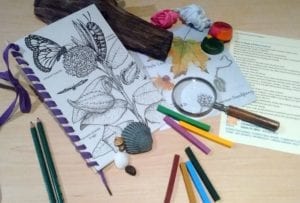
Brightly colored shoelaces are a great way for kids to bind punch hole journals. The plastic coated tips of the laces are easy to stitch with.
Other journaling tools can be as simple as a pencil for note taking or drawing, crayons for coloring and an envelope for collecting. Magnifying glasses and rulers can add an extra element to your observations.
To begin each page/session write down: the date and time of day, where you are (schoolyard, backyard, garden, park), the weather, and what the landscape looks like (rocky, grassy, trees). This will give you important reference points as your journal begins to fill.
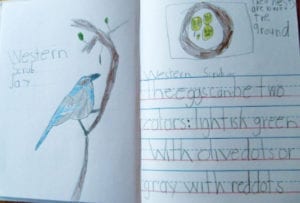
Nature journaling can be done at all ages and can be a great way to build vocabulary, hone observation skills, practice drawing and strengthen understanding or science and design in the natural world.
Here are a few prompts to get you started:
– Water – where is the water around you, how does it move around, what impact does it have?
– The Sun – how does it feel, what does it affect?
– Habitats – how many can be seen around you, who lives there?
– Feelings and moods – what feelings do you have when observing different environments?
– Weather – what does it feel and look like, when does it occur and what does it affect?
For younger ages, where writing may be still in development, ask children to find rocks, leaves, and other items in their surroundings and make drawings or rubbings of them. Have them find
something red, something rough, something wet, and so forth. It’s a great way to build vocabulary!
2. Make a cloud viewer.
Meteorologists have some really cool equipment that help them to predict the weather. The clouds are something anyone can look at to predict rain and snow. Here are a few things to watch: rain may come if clouds are low and dark, sometimes moving quickly. If clouds are high up in the sky and start to join, forming thicker clouds, then rain will likely be on the way in a few days. If clouds are moving in all directions, you may be in for some rough weather. If the base or bottom of the cloud is rising and the clouds begin to get patchy and some of it disappears, then better weather is on the way.
Kids can have fun learning to document the clouds by making their own cloud viewer. Use an old photo mat or strips of cardboard taped together to make a frame. By looking through old magazines, photos or digital files, see how many cloud forms you can collect and glue them on your frame. Add a popsicle stick and presto! you have a simple tool that will help a child learn about clouds and the weather. Click here for a helpful reference in naming your cloud formations. By learning a few terms, it becomes much easier to name the clouds. Cirro means wisp of hair and refers to clouds highest in the air; Alto means high and these are clouds that are (you guessed it) high in the air; Cumulo means heap and refers to piles of clouds; Nimbo (prefix) or nimbus (suffix) refers to clouds that can bring rain; and Stratus means layer and refers to flat white clouds.
3. Design your own your own mini landscape. Using a pot, a damaged pan or even an old tree stump, create a mini growing garden that will change with the seasons. Use stone, moss, soil, and seeds. Add rain and watch it grow!
Watch insects visit your tiny landscape and imagine they are giants! Add a small toy or make you own work of art to enhance your landscape. You can tell a story about what happens. Acorns, leaves, nuts, pine cones…nature provides us great materials for designing. Pictured here are a few of mine with the addition of some old metal figures.
Now that you have created your own landscape, there is a wonderful place you can visit in Easton, PA to see how art and landscape interact on a large scale. The Karl Stirner Arts Trail offers a beautiful walk along the Bushkill Creek and some wonderful art installations you can explore!
4. See an art exhibit. As a special way to honor Earth Day and Arbor Day, our friends at Honoring the Future have hosted a virtual art exhibition, “Honoring Trees,” curated by Lloyd E. Herman, Founding Director of the Smithsonian American Art Museum’s Renwick Gallery and cosponsored by 10 arboretums and tree planting organizations.
Director of Honoring the Future, Frances Dubrowski, explains “The exhibition features works by 14 leading contemporary artists. Collectively, these works invite us to reflect on the splendor of trees, the challenges climate change and human stresses pose to trees, and our opportunity to respond with creativity and courage.”
You can view the exhibition here.
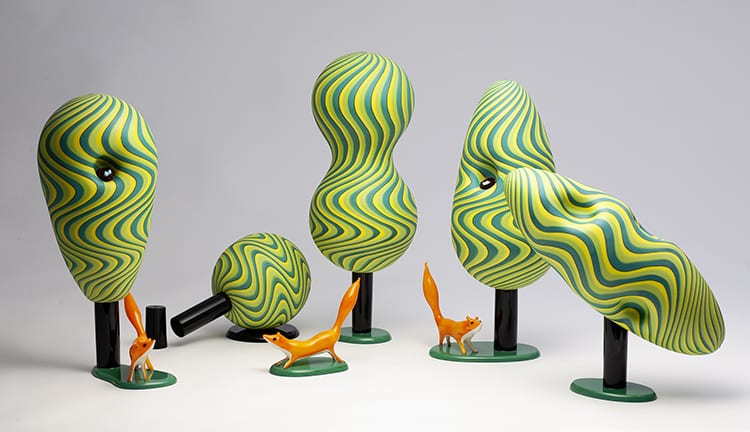
Claire Kelly, Parallax: Busy Forest (2019). [Parallax: The effect whereby the position or direction of an object appears to differ when viewed from different positions.] Glass: Blown, sculpted, and assembled. Dimensions: 15 ¼ x 16 x 36.” © Claire Kelly Glass. Courtesy of the artist.
Create Your Own Trees
Each of the artists featured in “Honoring Trees” has their own unique vision, viewpoint and expression of trees. What would yours look like? Look around for inspiration in what you have on hand. Think about the trees you have nearby. Can you create your own?
Curate Your Own Exhibit
With online access to imagery, it’s fun to make your own exhibit of images. These will be borrowed images for private viewing so you can just focus on your theme and practice curating. What would your exhibit honor? Here are a few ideas:
– art of the ocean
– photographs of the tiniest life on the planet
– weather phenomena
– bioluminescence
– art made from rescued materials
After you have gathered your images, take some time to learn about your subject. Learn a bit about each artist, the science behind the phenomena, or what those tiniest animals need to survive. You can then caption each image in your exhibit and share with family and friends!
5. Collaborate. You can help us with our Monarch Roost!
Over 20 partnering artists at Nurture Nature Center are busy working on an upcoming exhibit on migrations and hibernation. To honor the beautiful monarch butterflies who migrate vast distances alone and along the way, find one another, gather by the hundreds and thousands to roost together for warmth and safety, we are creating a paper sculpture of a beautiful roost to greet visitors to the center. Do you wonder what thousands of monarch butterflies look like all together? We think it will be wonder-full!
We are looking for community members to help us cut out monarchs. If you email kmaxfield@nurturenature.org with your name and address (please title the email “Monarch Roost”), we will post mail you a packet of printed monarchs and a return envelope. There is no rush (pieces are due by May 20th), so you can leave this mail safely sit for a few days before you open it. Each packet has 24 monarchs, and you can order multiple packets if you have extra time on your hands or those at home who will help you. Fill out our simple card with each packet and return it with your cutouts, and we will pull two cards to win a $25 gift certificate to “Book and Puppet” in June. Also, your name will be added to a plaque to be displayed with the final piece.
Enjoy Earth Week!


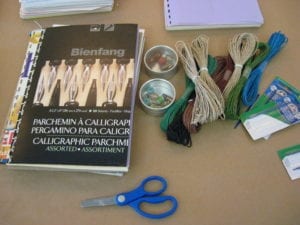

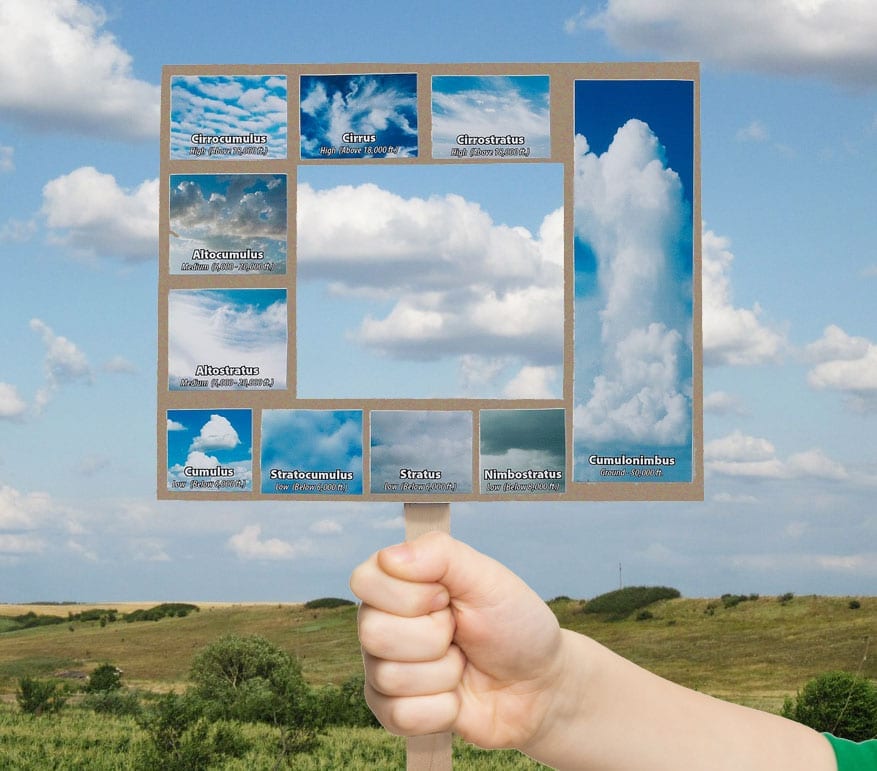
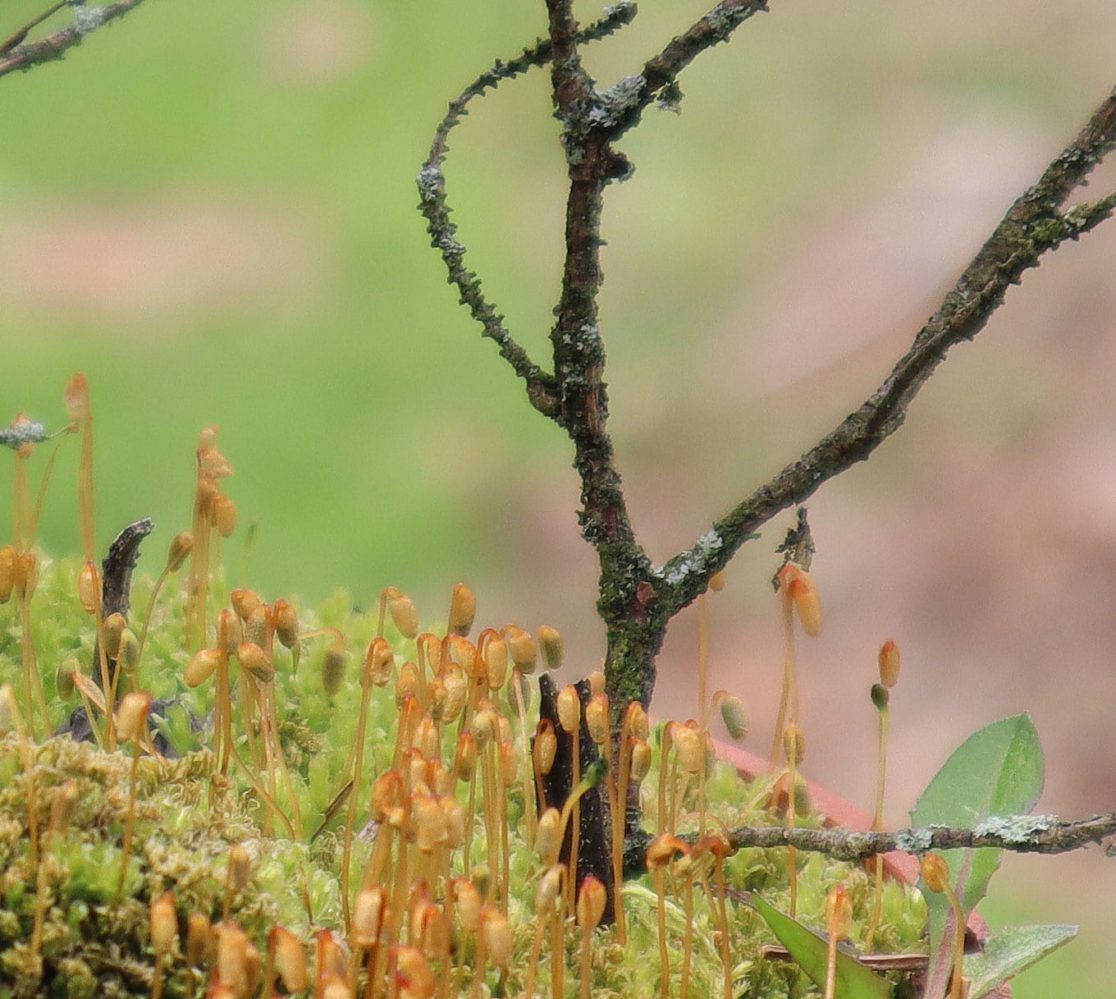

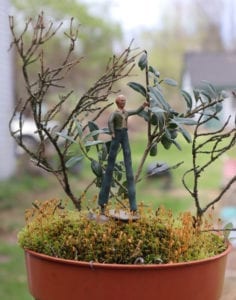


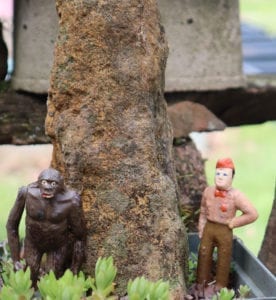
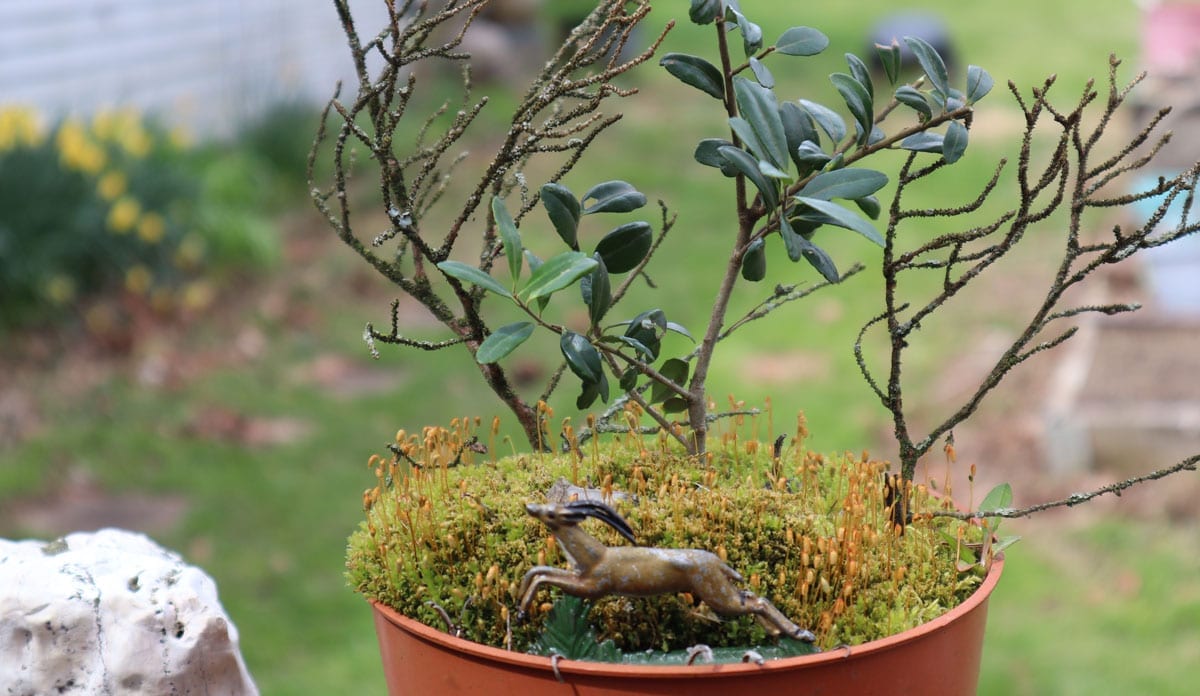

Hey there Keri,
Cool stuff. Have you made paper?
This kitchen-made paper (from field cuttings in Fresh Kills Park) by writer-in-residence Dani is quite beautiful.
https://urbanomnibus.net/2018/11/freshkills-reorientation/
You will have to scroll to the end of the essay to read her description of the paper-making.
Samples illustrate each section if the narrative. ?.